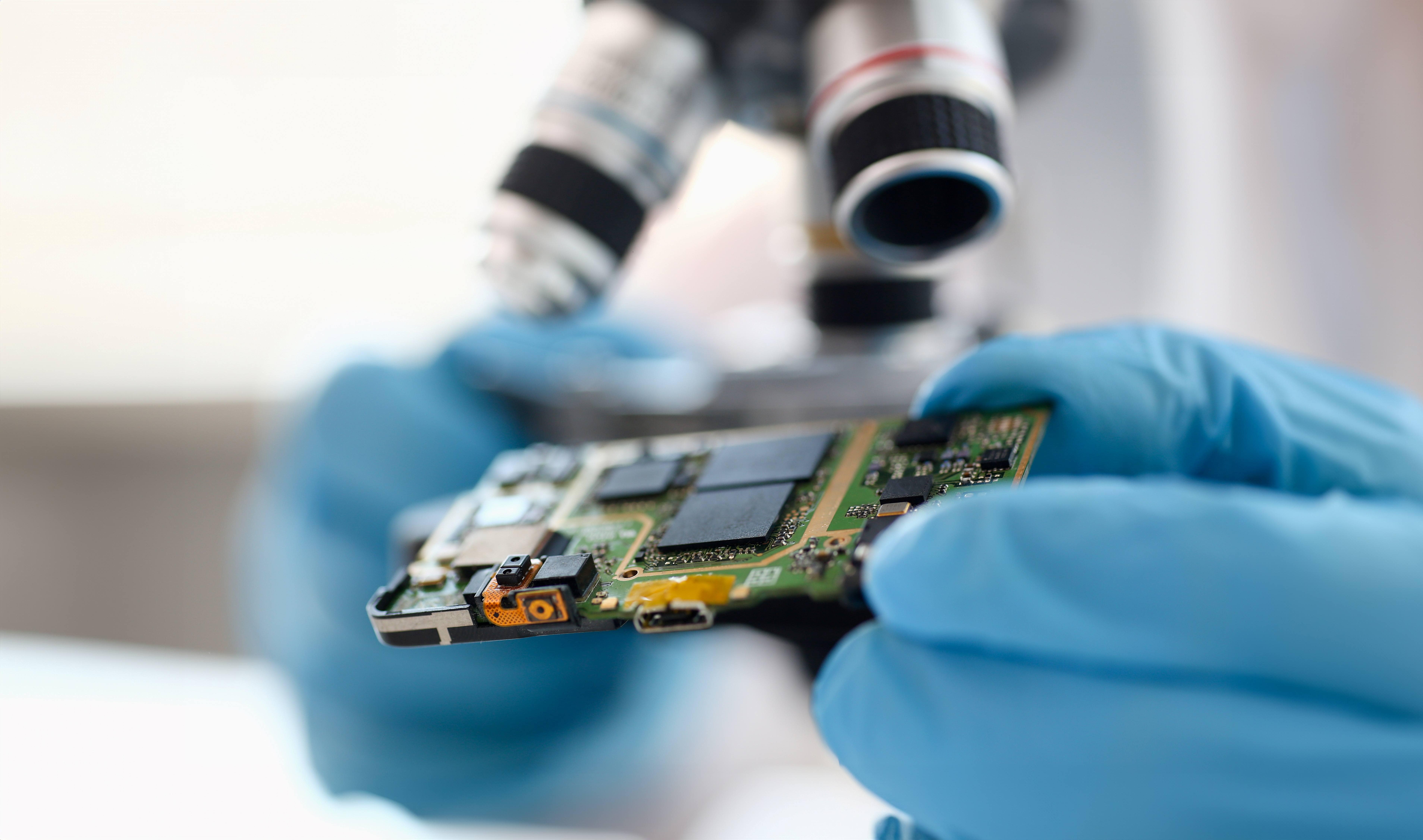
Methyl/Pyrrolidone Testing
Methyl/pyrrolidone testing is a critical quality control method used to evaluate the resistance of electronic components and printed circuit boards to methyl/pyrrolidone solvent exposure. This test ensures that surface markings, coatings, and printed circuits of components remain undamaged or do not degrade when exposed to solvents during actual use. Widely applied across industries including electronics manufacturing, aerospace, and medical devices, methyl/pyrrolidone testing guarantees product durability and reliability.
Basic Principles and Importance of Methyl/Pyrrolidone Testing
Methyl/pyrrolidone testing involves exposing components to specific methyl/pyrrolidone solvent environments and assessing changes in surface markings, coatings, and electrical properties. Methyl/pyrrolidone, a potent solvent, is commonly used to test the chemical resistance of electronic components. This method detects the durability of surface markings and the solvent resistance of coatings and printed circuits.
For electronic components and printed circuit boards, resistance to methyl/pyrrolidone is crucial to maintaining stable performance under various environmental conditions. Particularly in highly demanding sectors like aerospace and medical devices, methyl/pyrrolidone testing provides essential quality assurance by preventing issues such as loss of surface markings or degradation of coatings.
Process of Methyl/Pyrrolidone Testing
Preparation:
● Define testing objectives and requirements, select appropriate methyl/pyrrolidone solvents, and test parameters.
● Prepare test samples with clear identification for traceability and record-keeping purposes.
Solvent Exposure:
● Immerse or wipe components or circuit boards with specified methyl/pyrrolidone solvents under controlled exposure time and temperature.
● Record environmental parameters during exposure to ensure test repeatability and accuracy.
Performance Evaluation:
● Inspect the integrity of surface markings and methyl/pyrrolidone resistance of coatings.
● Use microscopy or other analytical tools to evaluate printed circuit integrity and identify potential damage.
Reporting and Result Interpretation:
● Thoroughly document test results, including identified issues and potential quality risks.
● Compile detailed inspection reports for subsequent quality control and improvement references.
Methyl/Pyrrolidone Testing Equipment
● Solvent testing chambers: Used to contain methyl/pyrrolidone solvents and test samples, ensuring uniform exposure.
● Microscopes and imaging equipment: Employed to detect and record changes in surface markings, coatings, and printed circuits. High-resolution microscopes reveal minor damages and defects.
In our laboratory, methyl/pyrrolidone testing is a crucial method to ensure the quality and reliability of electronic components and printed circuit boards. Through advanced testing equipment and techniques, we provide precise and comprehensive analysis of methyl/pyrrolidone resistance, helping customers identify and avoid potentially defective components. This enhances overall product reliability and market competitiveness. Our testing services enable customers to confidently select and utilize the highest quality electronic components, thereby achieving superior product performance and safety.

